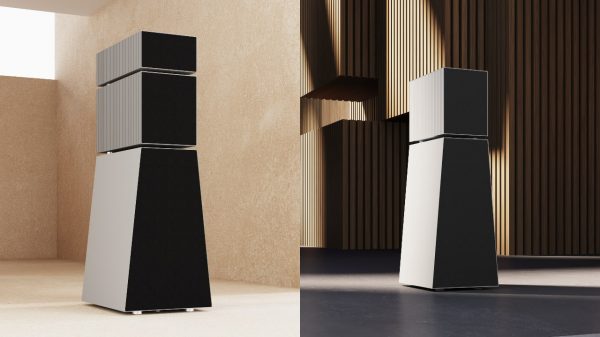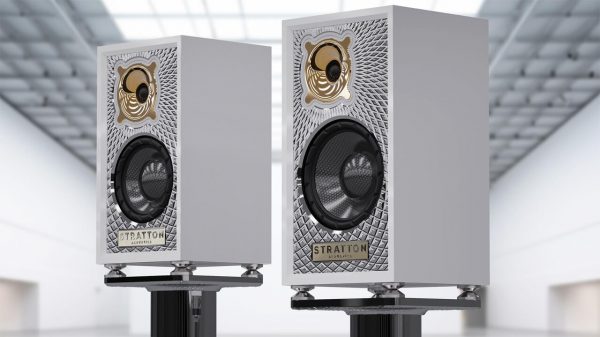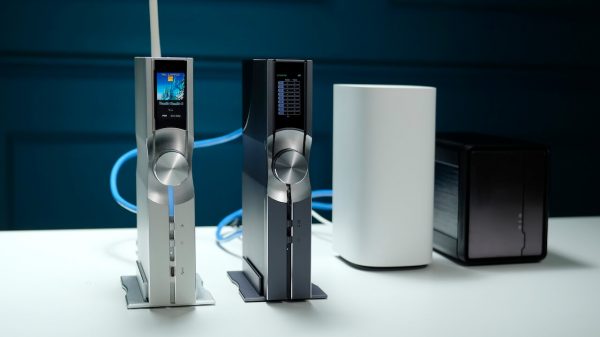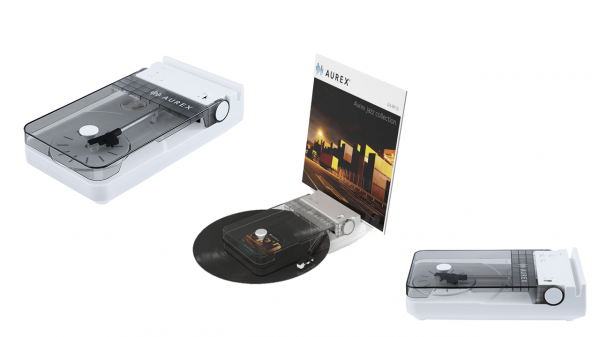Bluetooth, cameras, and music become more common in new phone sales
According to The NPD Group, a leading consumer and retail information company, mobile phone sales to consumers in the U.S. reached 33 million units in the second quarter of 2007. This number represents a decline of nearly 17 percent compared to unit sales during the previous quarter; however, the second quarter is traditionally a slow sales quarter for mobile phone retailers. NPD estimates total second quarter 2007 consumer sales of $2.4 billion, which is a 14 percent increase since the same period a year ago.
“Despite seasonal slowness, the industry showed healthy year-over-year unit and revenue increases,” said Ross Rubin, director of industry analysis for NPD. “Consumers are seeing value in moving to handsets that offer data-driving capabilities. It’s not unusual to note a decline in mobile phones purchased, since it has traditionally been a lackluster quarter for consumer mobile phone sales.”
Carrier stores continue to dominate handset sales with 62 percent of sales, followed by mass merchandisers and department stores at 9 percent and electronics specialty stores at 5 percent. Among phones purchased by consumers in the U.S. in the second quarter, 28 percent were free due to special rebates and promotions, while another 28 percent cost less than $50. Just 11 percent of phones purchased in the second quarter cost more than $150 and 4 percent cost more than $250.
“Carriers and wireless specialty stores accounted for the most sales of higher-priced phones and are key to driving advanced functionality,” Rubin said. “By comparison, mass merchandisers and department stores sold a higher percentage of phones priced at $50 or less, which can help to expand the market via pre-paid options.”
The top five handset manufacturers remained the same this quarter as last. Following is the breakdown of the top five manufacturers’ second quarter 2007 share of units sold:
| Motorola | 32% |
| Samsung | 18% |
| LG | 17% |
| Nokia | 10% |
| Sanyo | 4% |
Many of the most popular handset features became also more common. In the second quarter, nearly 70 percent of phones were sold with Bluetooth capability, which is an increase of 9 percent since the first quarter of 2007. Forty-five percent of new phones were able to play music in the second quarter of 2007 (up 11 percent, since the prior quarter) and 11 percent were smartphones (up 32 percent). Higher-resolution cameras also increased their penetration in the second quarter, with 5 percent of new mobile phones sold with cameras that boast two or more megapixels (up 68 percent).
Methodology: NPD compiles and analyzes mobile device sales data based on more than 150,000 completed online consumer research surveys each month. Surveys are based on a nationally balanced and demographically representative sample. Results are projected to represent the entire population of U.S. consumers.
About The NPD Group, Inc.
The NPD Group is the leading provider of reliable and comprehensive consumer and retail information for a wide range of industries. Today, more than 1,600 manufacturers, retailers, and service companies rely on NPD to help them drive critical business decisions at the global, national, and local market levels. NPD helps our clients to identify new business opportunities and guide product development, marketing, sales, merchandising, and other functions. Information is available for the following industry sectors: automotive, beauty, commercial technology, consumer technology, entertainment, fashion, food and beverage, foodservice, home, office supplies, software, sports, toys, and wireless. For more information, visit http://www.npd.com/.























